Are touchscreens ready for business?
Has Windows 7 made touchscreens ready for businesses, or is the tech not quite ready yet?


For all the positive buzz about Windows 7 its performance, stability and visual appeal one of its most-hyped features now seems almost forgotten, and that's its integration of multi-touch support across the GUI. Up to now, there has been good reason.
Touch-capable PCs, notebooks and monitors have been few and far between, and while we're all now used to the idea of a touchscreen driving an MP3 player, SatNav or mobile phone, experience of larger-scale touchscreen computing has been limited to the unpopular Tablet PC format or Microsoft's impressive but expensive - and rather gimmick-laden - Surface computers.
However, there are signs that the tide is turning for touch. Dell, Acer and IIyama have all announced multi-touch capable displays, with prices starting as low as 249.
HP has long been pushing the touch message with its Touchsmart line of desktop and notebook PCs, and now it's been joined by Acer and Dell with multi-touch laptops and sleek all-in-one systems.
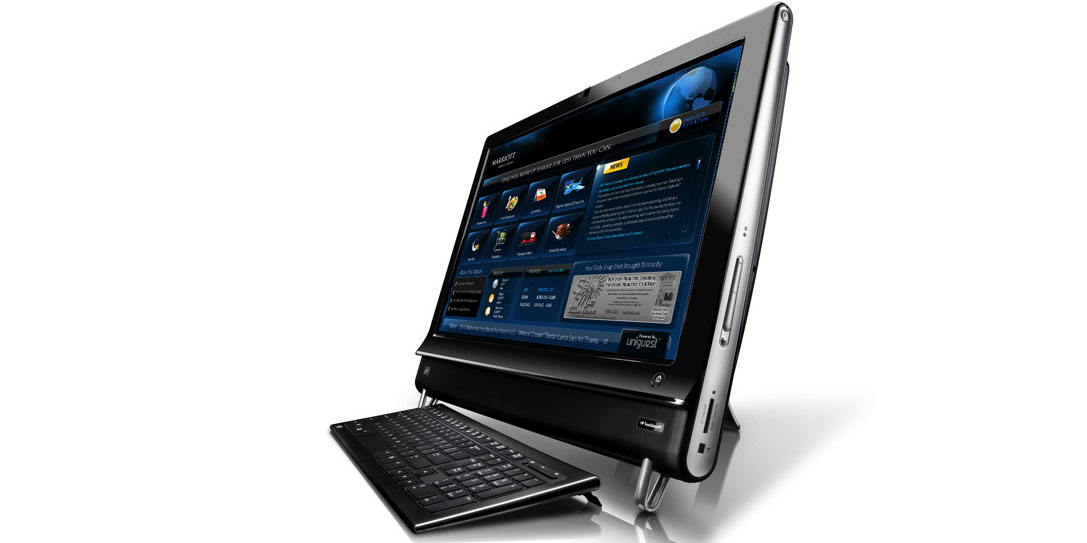
While these products are targeted specifically at the consumer market now, multi-touch is coming to the enterprise market too. In fact, Dell has been pushing its multi-touch capable Latitude XT tablet PCs through its business division since July 2008, while HP has recently launched a Touchsmart 9100 business PC in the US.
With Windows 7 and the hardware hitting now, is it time to start taking touch seriously?
Time for touch?
Get the ITPro daily newsletter
Sign up today and you will receive a free copy of our Future Focus 2025 report - the leading guidance on AI, cybersecurity and other IT challenges as per 700+ senior executives
Microsoft certainly thinks so. When Windows 7 had its first public outing at the All Things Digital conference in San Diego, May 2008, multi-touch was central to Microsoft's Windows 7 agenda, and the focal point of the demonstration.
"The way you interact with the system will change dramatically" chairman Bill Gates explained. "Today all the interaction is keyboard/mouse. Over years to come, the role of speech, vision, ink - all of those things - will be huge."
Microsoft's new Business division head, Steven Elop, has also been pushing the new paradigms' message. "Despite much advancement, we still have a long, long way to go", he told the Wharton Business Technology Conference in March.
"We are presented with tremendous opportunities to improve how we interact with technology, and how we do business," he said.
"We envision in the future that interacting with technology will be more like interacting with people. Voice recognition will supplant keyboards. Displays and screens will show up everywhere on every wall, every tabletop. Any large surface will become an extension of your mobile device, capable of displaying information with a flip of a finger so that you can make the best use of your physical environment."
Stuart has been writing about technology for over 25 years, focusing on PC hardware, enterprise technology, education tech, cloud services and video games. Along the way he’s worked extensively with Windows, MacOS, Linux, Android and Chrome OS devices, and tested everything from laptops to laser printers, graphics cards to gaming headsets.
He’s then written about all this stuff – and more – for outlets, including PC Pro, IT Pro, Expert Reviews and The Sunday Times. He’s also written and edited books on Windows, video games and Scratch programming for younger coders. When he’s not fiddling with tech or playing games, you’ll find him working in the garden, walking, reading or watching films.
You can follow Stuart on Twitter at @SATAndrews.
-
 Asus ZenScreen Fold OLED MQ17QH review
Asus ZenScreen Fold OLED MQ17QH reviewReviews A stunning foldable 17.3in OLED display – but it's too expensive to be anything more than a thrilling tech demo
By Sasha Muller
-
 How the UK MoJ achieved secure networks for prisons and offices with Palo Alto Networks
How the UK MoJ achieved secure networks for prisons and offices with Palo Alto NetworksCase study Adopting zero trust is a necessity when your own users are trying to launch cyber attacks
By Rory Bathgate
-
 Microsoft angers admins as April Patch Tuesday delivers password feature without migration guidance
Microsoft angers admins as April Patch Tuesday delivers password feature without migration guidanceNews Security fixes include a zero day exploited by a ransomware group and seven critical flaws
By Connor Jones
-
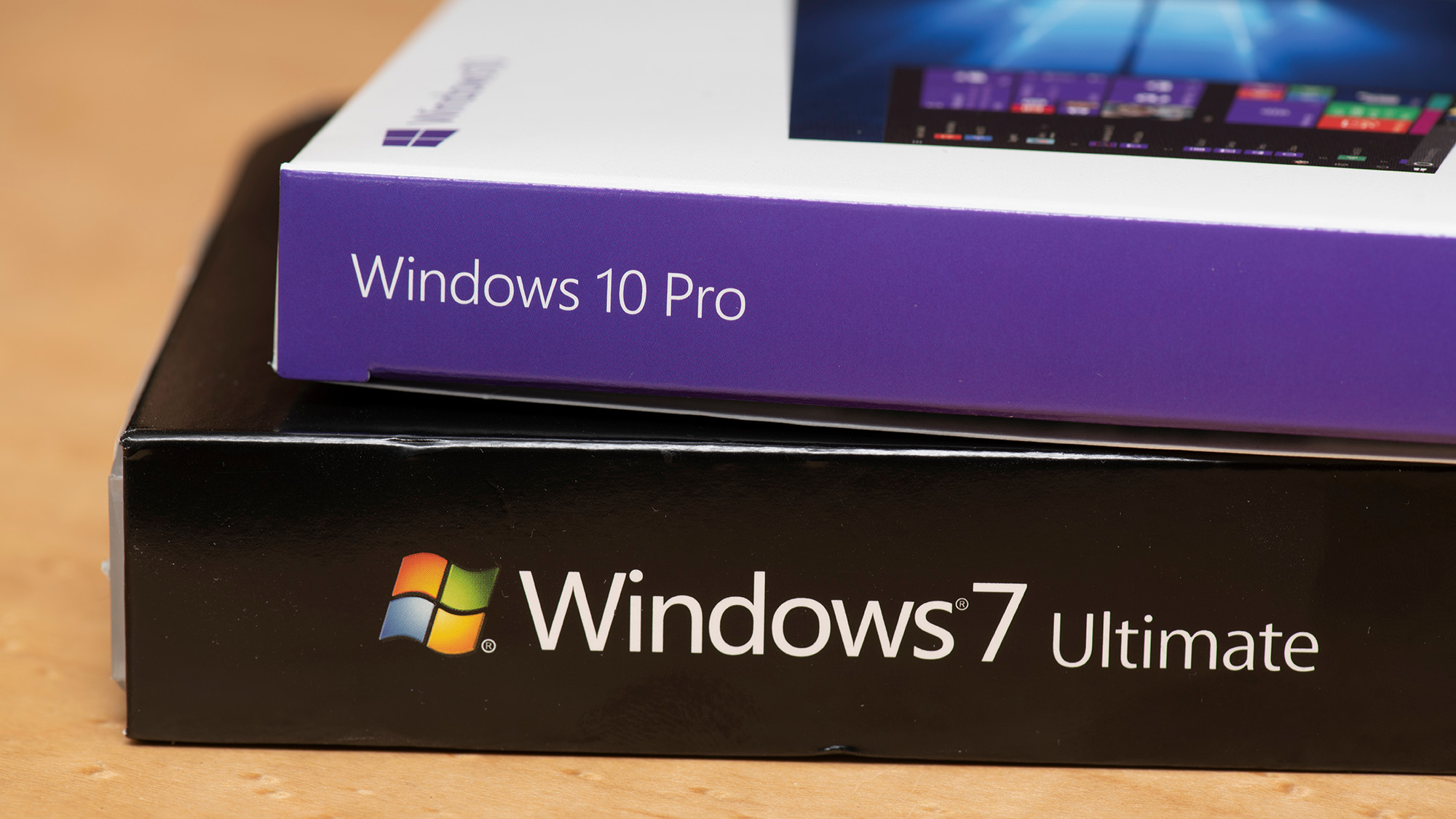 Managing a late migration
Managing a late migrationOpinion When it comes to moving from Windows 7 to Windows 10, it's better late than never
By Jon Honeyball
-
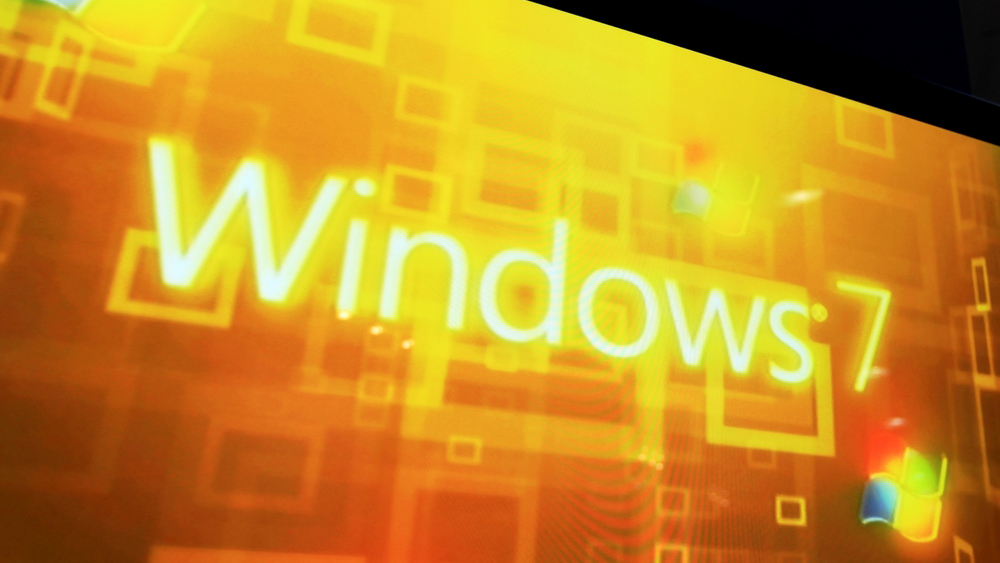 How to set up a Windows 7 emulator for Windows 10
How to set up a Windows 7 emulator for Windows 10Tutorials A complete guide for setting up a Windows 7 emulator for Windows 10 so you don’t lose access to your apps
By Nik Rawlinson
-
 The autopsy of Windows 7
The autopsy of Windows 7In-depth Report of a postmortem examination
By Chris Merriman
-
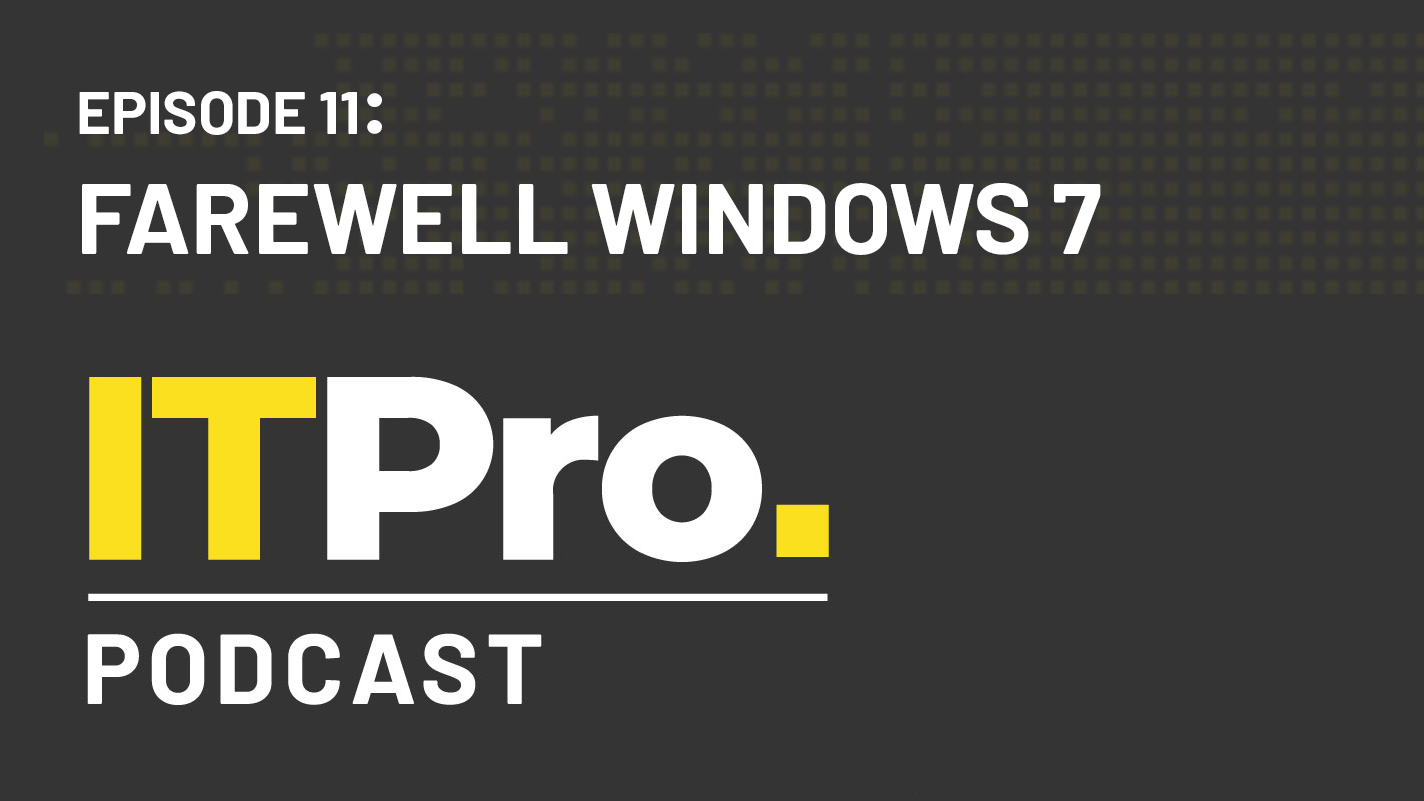 The IT Pro Podcast: Farewell Windows 7
The IT Pro Podcast: Farewell Windows 7IT Pro Podcast We reflect on the legacy of one of Microsoft's most enduringly popular operating systems
By IT Pro
-
 Windows 7 ends: what do you do next?
Windows 7 ends: what do you do next?In-depth From SMBs to big business and individuals, after 10 years it's time to move on from Windows 7
By Jon Honeyball
-
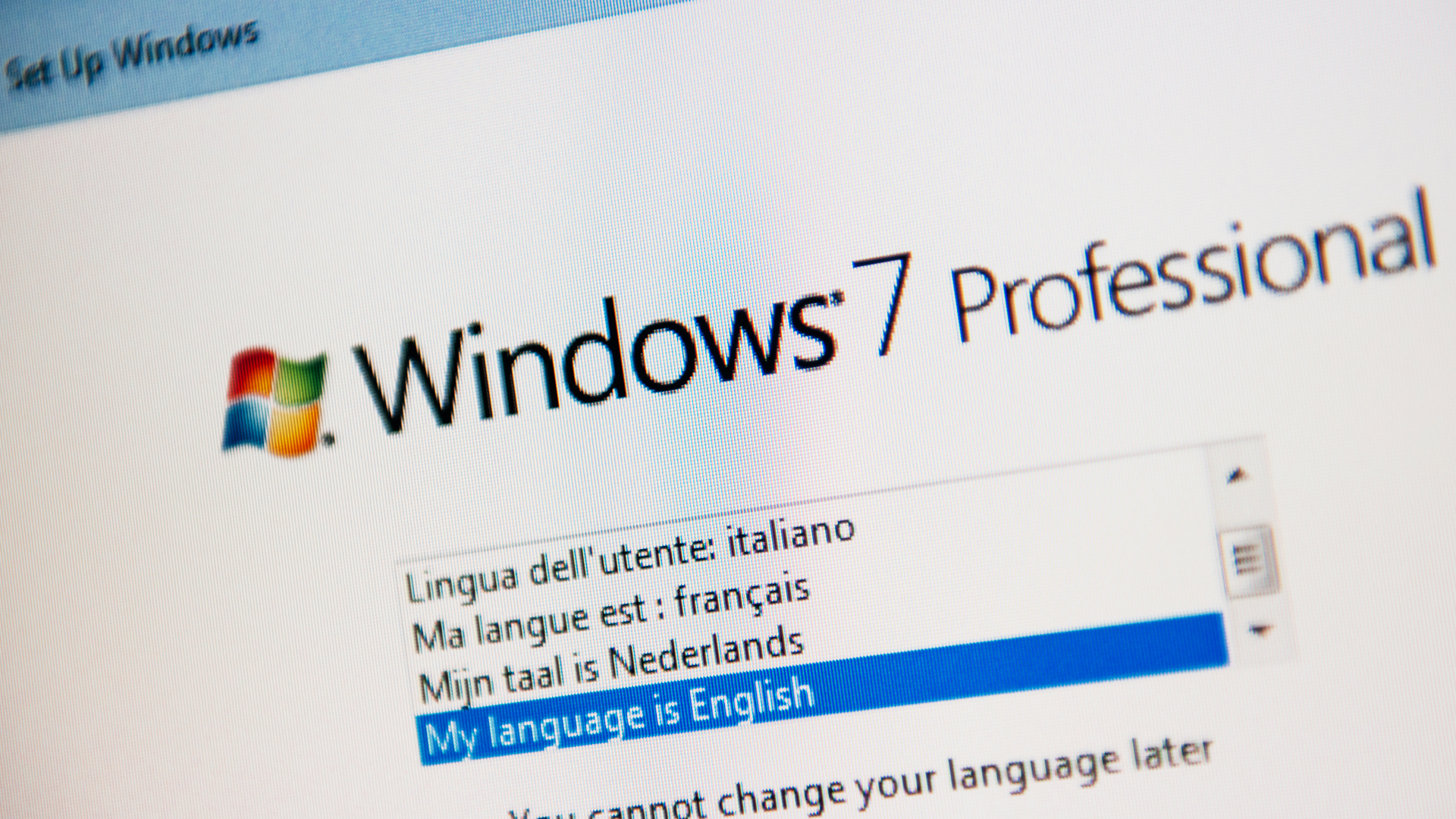 Windows 7 end of life: What to do if you haven't upgraded yet
Windows 7 end of life: What to do if you haven't upgraded yetIn-depth Microsoft has now officially moved Windows 7 to end of life, meaning it's no longer a viable business platform
By Dale Walker
-
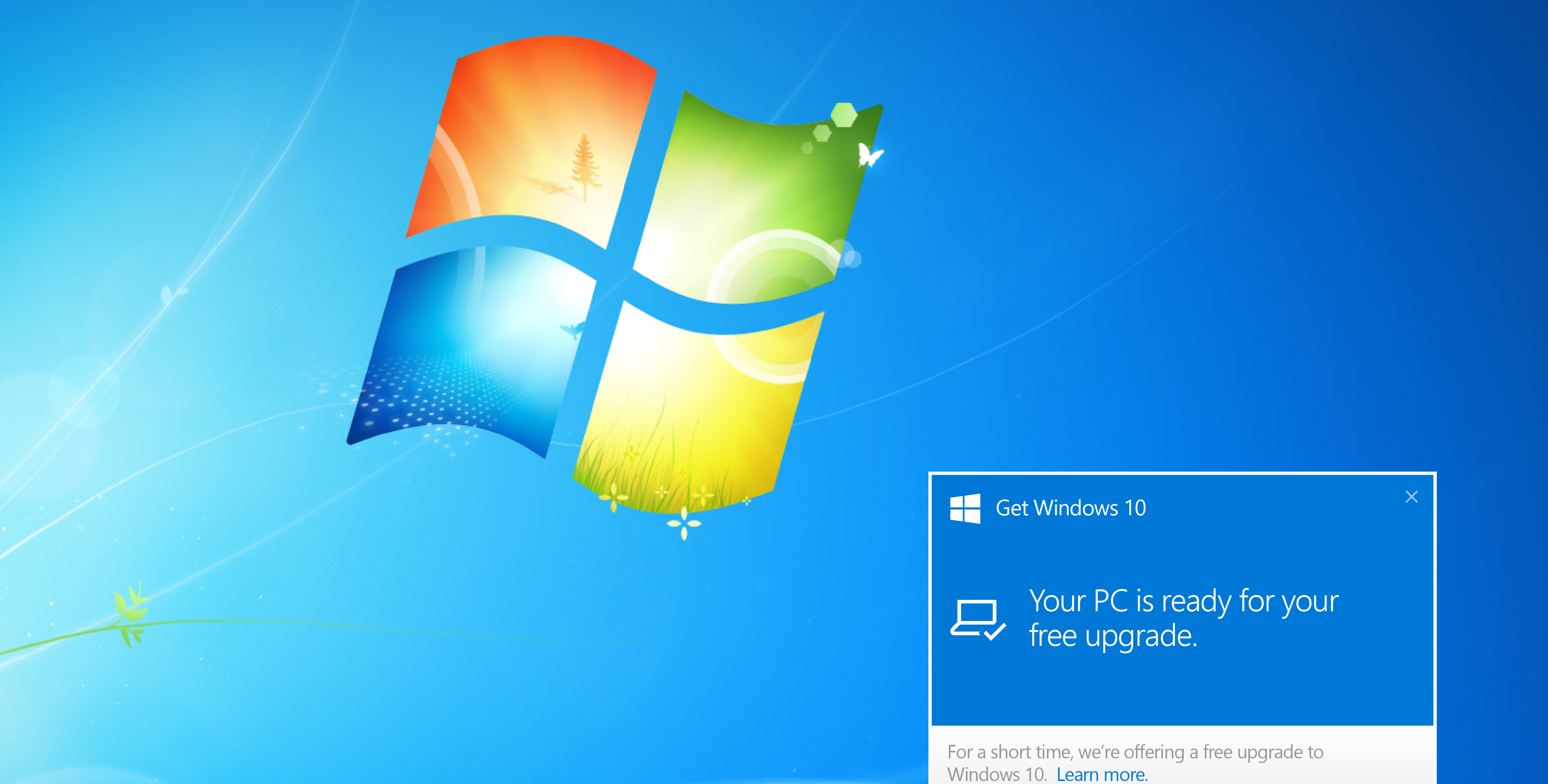 Windows 10 vs Windows 8.1 vs Windows 7 - Microsoft OS head-to-head
Windows 10 vs Windows 8.1 vs Windows 7 - Microsoft OS head-to-headVs We pit Microsoft's most popular operating systems against each other to see which is the greatest of all time
By Mike Passingham